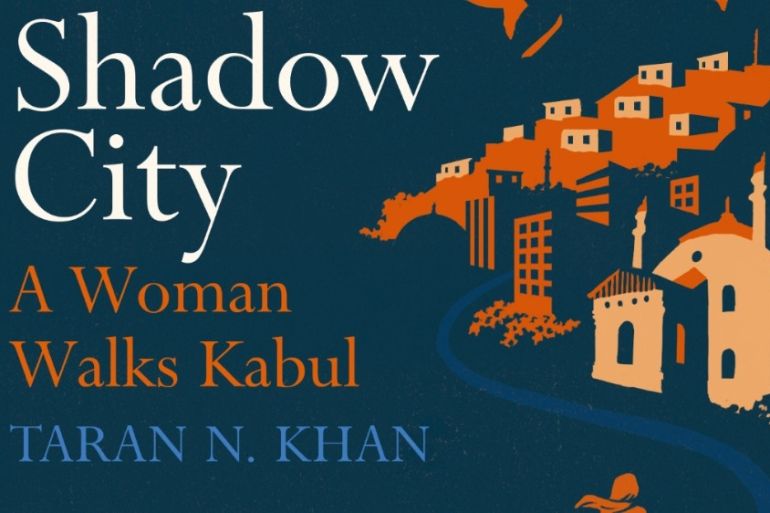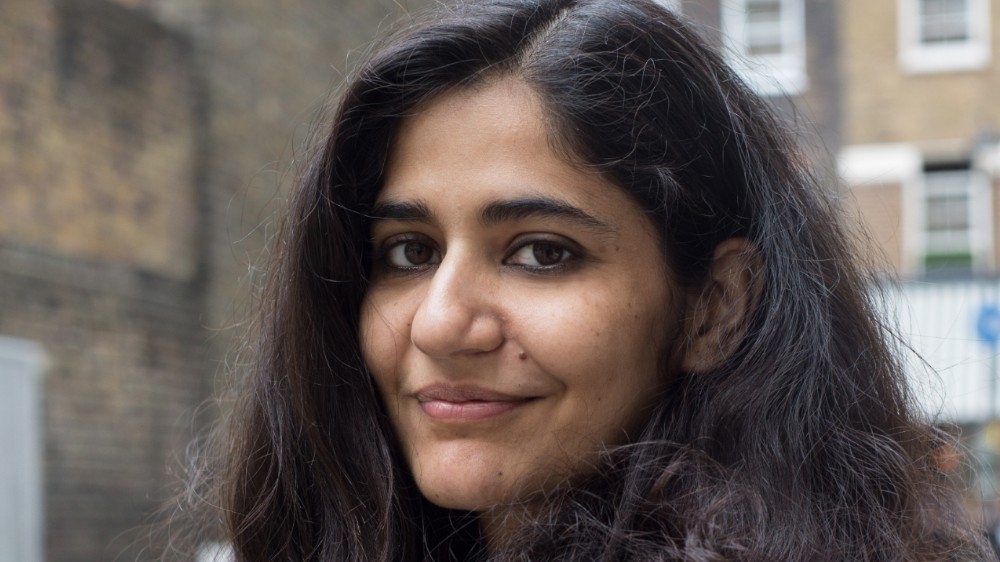Excerpts: When Afghanistan was still considered the ‘just war’
Author Taran Khan’s Shadow City documents lives in Kabul away from the war machinery and foreign aid workers.

My arrival coincided with a season of returns. Before I came to Kabul, I had met Afghan refugees who had fled during the Taliban rule to Delhi. They had been part of an exodus that commenced in the 1970s, at the onset of the country’s spiral of conflict.
By 2006, however, the direction of movement was reversed. Nearly 3 million refugees had come back to the country in the years following the defeat of the Taliban.
Keep reading
list of 3 items‘People treat you like a celebrity, but also as an infidel’
Afghanistan needs a Government of National Reconciliation
Many of them were drawn to the capital for its relative security and the opportunities it offered. The majority were subsistence farmers returning from Pakistan and Iran.
There were also labourers, entrepreneurs, politicians and professionals. Along with these came foreign aid workers, consultants and journalists.
As the capital, Kabul was the centre of many of these forces, the city where all the gains and all the changes of the era arrived first and hit most powerfully. It was where worlds collided: the new with the old, the old with the ancient, the Afghan elite with the provincial migrants, the expats with the Afghans, the civilians with the government, the village with the city.
All these arrivals were to a city in flux. In retrospect, it was a troubled spring; but at the time there was still space for cautious optimism. Even as the war in Iraq floundered, Afghanistan was still considered the ‘just war’.
It had been five years since the Taliban government had been overthrown by the US and its allies, along with the Afghan military coalition called the Northern Alliance. It was believed that al-Qaeda had been chased out of the country.
The International Security Assistance Force (ISAF) – a UN-mandated, NATO-led mission – was established in December 2001 to safeguard the capital. In 2003 its mission was extended beyond Kabul.
There was a rush of foreign aid to rebuild the ruined country after decades of war. Afghans, tired of conflict and lawlessness, had responded with hope and optimism.
The 2004 elections had replaced the Transitional Authority established during the Bonn Conference with Hamid Karzai as president of the Islamic Republic of Afghanistan.
From the relative security of Kabul, it was possible to discern the gains made in education, women’s rights and infrastructure.
But already there were signs of unravelling: the resurgence of Taliban factions across the country, as well as rising discontent with the corruption and cronyism of the government.
Aid funds were poorly utilised – even the capital had little access to water, electricity and transport. More ominously, it was becoming a target for suicide bombings, explosions and kidnappings.
In February 2006, Foreign Policy magazine and the US-based Fund for Peace released their second ‘Failed State Index’. Afghanistan was placed at number ten on the list. It was a time that was not quite war, and certainly not peace.
In places, the bodies of old jeeps and tanks were used to build houses. The door of a vehicle became a bridge, the metal became sheltering walls. The fragments of the past had been rearranged into a new landscape.
The cycle of conflict that began in 2001 was underlaid by previous years of ethnic strife and sectarian violence, which resurfaced after the defeat of the Taliban [in 2001].
And there was more to it than military gains or losses. It was fuelled by the glut of weapons in the country, and the absence of a strong central government in the 1980s and 90s. It was shaped by the shadow economy of the opium trade, and the competition between different factions to control its gains.
Across the country, there had been displacement and erosion of civil society institutions and networks. The cities had poor infrastructure, the countryside had few livelihoods.
Within the government, there were high levels of official graft, and a legacy of war crimes and impunity. And there was the tsunami of aid money that brought corruption in its wake.
As the capital, Kabul was the centre of many of these forces, the city where all the gains and all the changes of the era arrived first and hit most powerfully. It was where worlds collided: the new with the old, the old with the ancient, the Afghan elite with the provincial migrants, the expats with the Afghans, the civilians with the government, the village with the city.

On this first journey, I was accompanied by my husband and a friend. Our assignment was to teach video production techniques to employees of a radio and TV station run by the Afghan government. We arrived full of ideas, certain we would have the time of our lives.
As I watched, the city transformed. Bare branches of trees gradually grew denser with blossom, infusing the air with a heady smell. Small streams and rivers filled up with water. From behind the ruins of mud walls, I saw new homes rising. The debris of war was everywhere.
In places, the bodies of old jeeps and tanks were used to build houses. The door of a vehicle became a bridge, the metal became sheltering walls. The fragments of the past had been rearranged into a new landscape.
Each day, we drove to work through the chaotic traffic of Kabul. Amid the snarls were large SUVs, their bodies emblazoned with the logos of different aid organisations, their radio antennae waving like irritable tentacles. There were also grey minivans called Town Aces, pronounced ‘Tunis’ by the Afghan commuters who packed into them.
The drivers would beat out the names of their destinations to a rhythm on the door without pausing for breath. ‘Karte Seh Karte Char Barchee Barchee Jada Jada Chowk Chowk Chowk,’ I heard.
Yellow-and-white Corolla taxis nosed in, along with cyclists and pedestrians.
Sometimes, the military convoys of ISAF soldiers would be stuck in the traffic too, and being by their side meant being uncomfortably aware that while they may be the intended targets of attacks, it was often the civilians beside them who bore the brunt of the explosions.
At every charahi, or crossroads, Kabul’s army of street children sold magazines and chewing gum and phonecards, or washed the windscreens of the cars waiting to move ahead.
In our commute of about an hour from Kolola Pushta to west Kabul, we crossed several landmarks and changing terrain, glimpsed in flashes through our car windows. It was only once we reached our workplace, and were in the company of our colleagues, that we walked.
Excerpted with permission from Shadow City, Taran Khan, Chatto & Windus, an imprint of Vintage